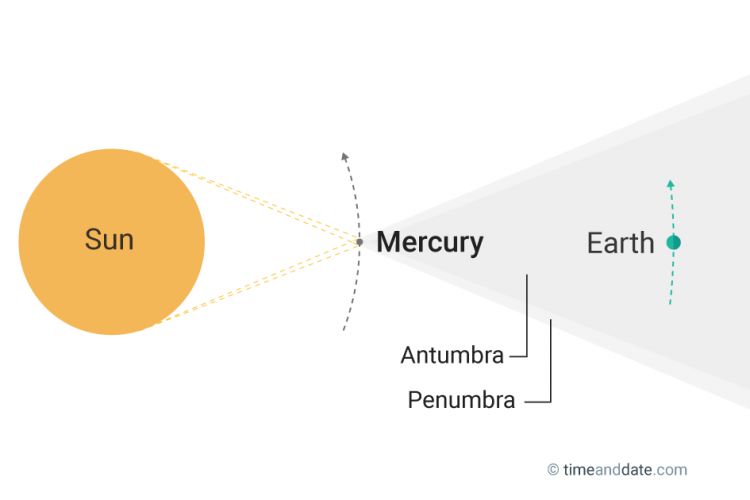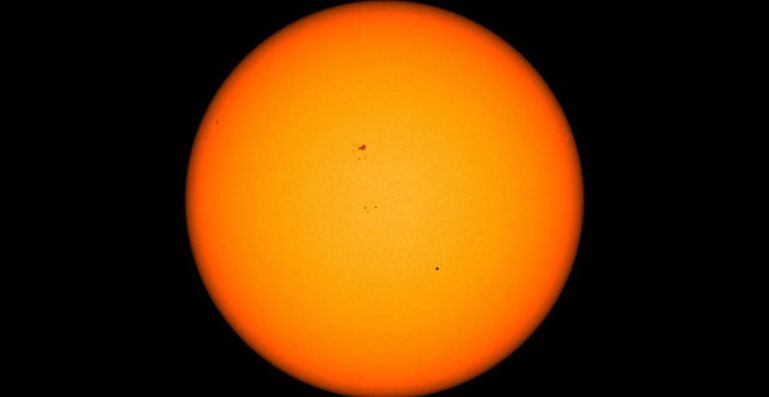Karachi: This month, a unique and exciting event will be experienced in space in which the planet, Mercury, will pass in front of the Sun. This is called Mercury transition. Millions of people around the globe will observe the planet on the face of the Sun as though it is a pimple on it. This event will reoccur after a wide gap of 13 years, in 2032. It shows that in a century, this happens only 13 times. There are only two planets in our Solar System which float pass in front of the Sun during their course, and these include Mercury and Venus.
Previously, Venus passed in front of the Sun in 2012, many institutions are preparing to capture stunning photographs of the event. Mostly, planets orbit around the Sun quite fast, but their path is not parallel with that of Earth’s. Either they are above the Sun or pass beneath it. On this basis, November is a particular time when Earth, Mercury, and the Sun are in one line, and can carefully observe the orbit of Mercury.
In this case, Mercury is seen as a black dot on the surface of the Sun, making up a very tiny portion of the Sun’s area. For this moment, NASA has asked the observers of space to be prepared because this is an exceptional and mesmerizing event.

Most experts from NASA and other space agencies have warned that looking directly at the Sun in this situation can harm our eyesight. It is suggested to observe the shadow of the Sun in a bowl full of water or by using an old X-ray. With these precautions, Mercury can be seen moving gradually from one pole to another on the surface of the Sun.
A sad piece of news is that this transition will not be visible in most parts of Pakistan. Only a glance will be caught from Karachi and areas in its vicinity from 5 34 pm. A dot (Mercury) will be visible on the upper right side of the face of the Sun. It will be more prominent in the next 2 minutes and eventually move towards the middle area of the Sun, which will start setting at 5 44 pm.
For people who wish to see, it is again instructed that they don’t look at the Sun directly and use an X-ray to observe.
Link to similar posts : Hubble captures a peculiar cosmic image

Aniqa Mazhar is a graduate of QAU in Biochemistry. She has taught sciences to O levels and is currently planning for her MS in Food Technology. Aniqa’s hobbies are reading, watching movies, writing, calligraphy, long walks, and nature photography.

